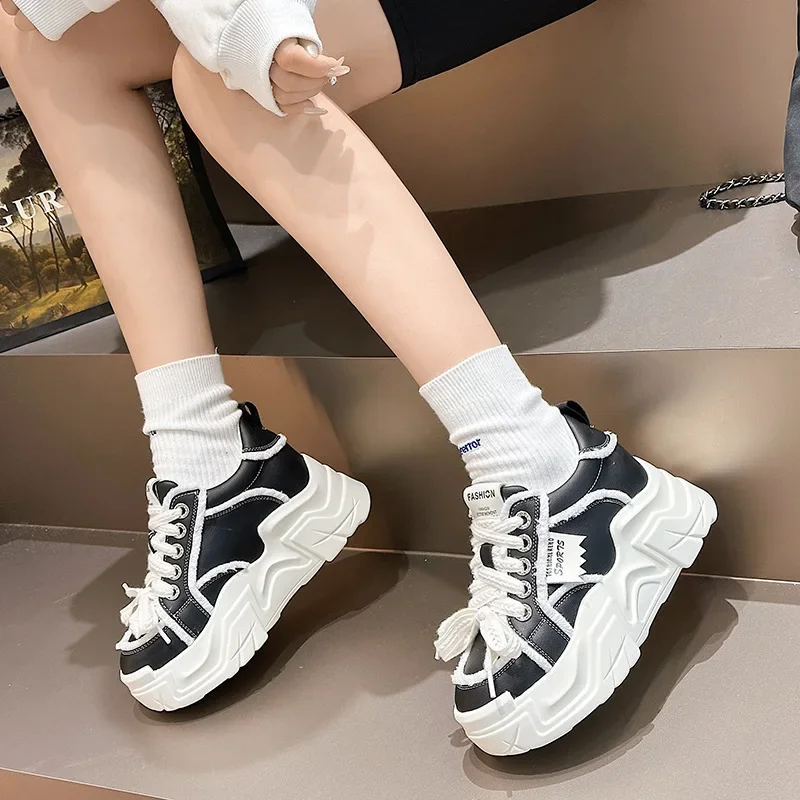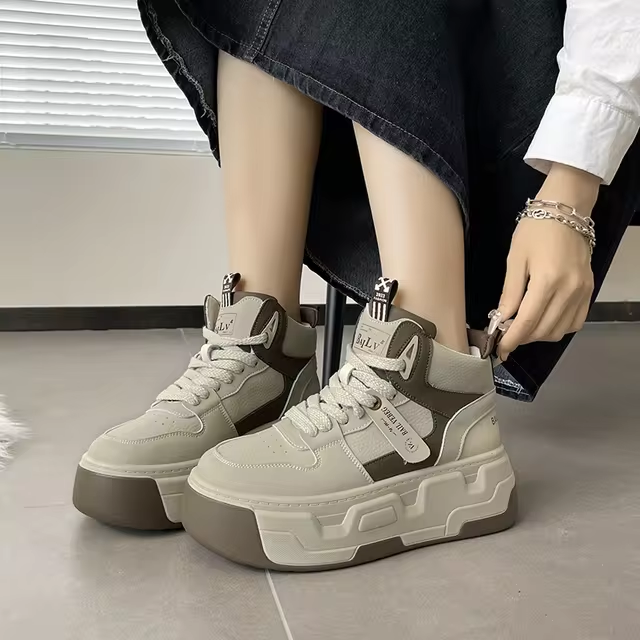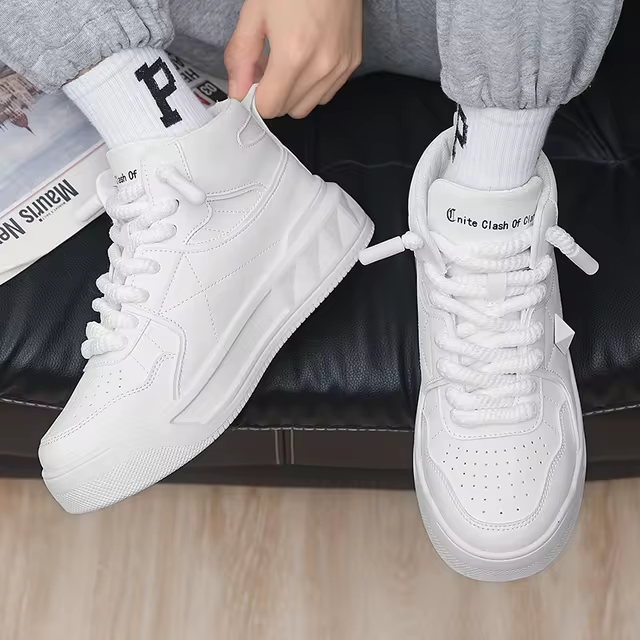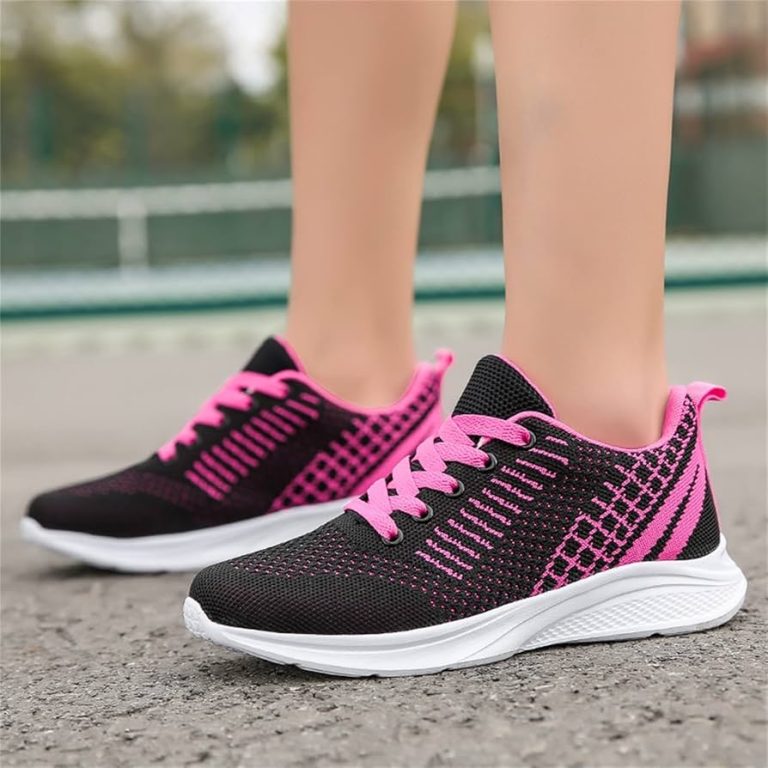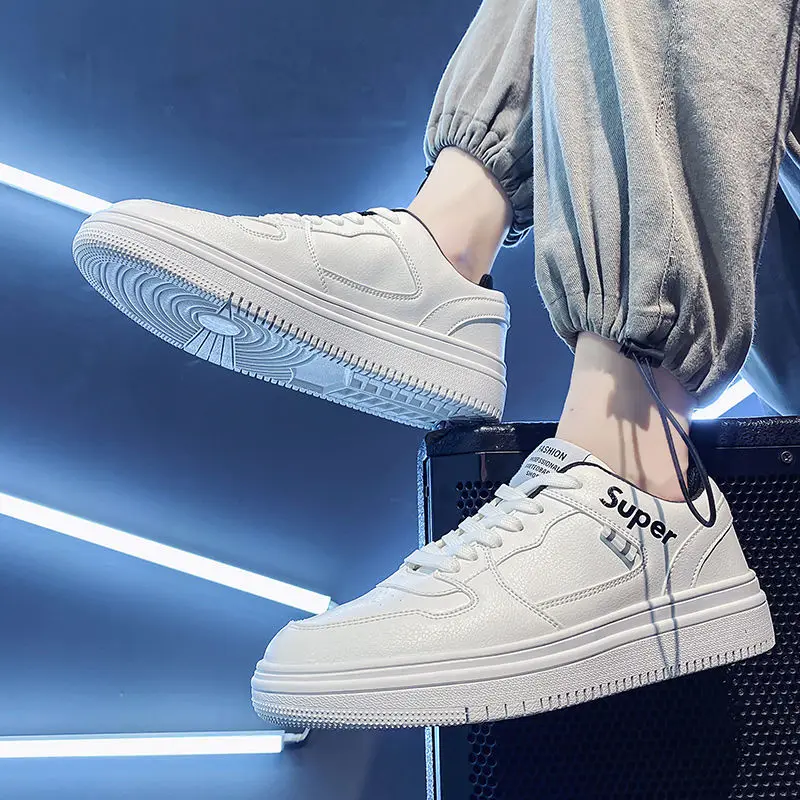
Replacing Running Shoes: Mileage Guide
When to Replace Your Running Shoes: The Mileage Rule
When it comes to determining the right time to replace running shoes, mileage is key. The common benchmark is to retire your shoes after logging between 300 to 500 miles. How many miles before replacing running shoes?This range is a standard adopted by many runners and experts in the field. Here’s why sticking to the mileage rule is essential:
- Consistency: It offers a reliable measure that you can consistently track over time.
- Foot Health: Running in shoes past their prime can lead to foot injuries due to worn-out cushioning.
- Performance: Fresh shoes ensure better performance as they maintain their designed structure and support.
To keep an accurate count, use apps like Strava or RunKeeper. They help you log each run and tally your mileage effortlessly. Alternatively, you can record your runs in a journal or spreadsheet.
Don’t wait for your shoes to fall apart before replacing them. Pay attention to signs of wear on the tread, cushioning, and overall structure. Once you approach the 300-mile mark, start inspecting your shoes more closely. As you near 500 miles, it’s time to shop for a new pair.
The exact mileage may vary based on your weight, running style, and the shoe’s quality. Heavier runners or those with unique gait patterns may need to replace shoes at the lower end of the mileage spectrum. Lighter runners might stretch to the higher end.
Remember, the mileage rule is a general guideline. Personal experience and comfort should also guide your decision on when it’s time for new running shoes. Keep an eye on your shoes’ condition and listen to your body for the best results.
Recognizing the Signs of Wear in Running Shoes
Knowing when to replace running shoes is vital for your feet’s health and your running performance. Look for these clear signs of wear that signal it’s time for a new pair:
- Tread Wear: The outsole’s traction system should be easily visible. If colors blend or ‘bald spots’ appear, the grip is fading.
- Cushion Compromise: Once comfortable cushioning can flatten over time. If you feel more impact during runs, the cushioning may have worn out.
- Heel Collapsing: Check if the shoe’s heel counter remains firm. A collapsed heel changes how your shoe fits and supports your foot.
- Toe Box Damage: Holes or tears in the toe box not only look bad but also reduce the shoe’s stability.
- Midsole Creasing: Deep creases in the midsole indicate a breakdown in shoe support.
- Symmetry Shift: Place shoes on a flat surface to see if they tilt or lean, which suggests uneven wear.
Remember, apart from the visible wear, pay attention to unusual aches or blisters that may not have been there at the beginning. These discomforts can often indicate the internal wear of your shoes, even before the external signs become apparent. Heed these signals to ensure you’re running with proper support and reducing the risk of injury.
Understanding Pronation Impact on Shoe Longevity
Pronation affects how quickly your running shoes wear out. It’s how your foot rolls when you run. Some runners’ feet roll inward, called overpronation. This can cause the outside heel to hit the ground first. It leads to uneven wear, particularly on one side of each shoe. Look for a shaved appearance on the sides. Overpronation also stresses the shoe’s structure, reducing lifespan.
Normal pronation shows more uniform wear. Shoes last as expected. But with overpronation, you may need to replace shoes sooner than the standard 300-500 miles. Check your shoes for asymmetrical wear. That’s a clue you might overpronate.
Supinators, whose feet roll outward, face similar issues. Their shoes wear down faster on the outer edges. They might also need new shoes before hitting the mileage cap.
For those with overpronation or supination, consider stability or motion control shoes. They offer extra support and can last longer. See a specialist for a gait analysis if you’re unsure. They can recommend the best type of shoe for you.
Judge shoe longevity by wear pattern and mileage. Everyone is different. Your pronation type matters as much as how many miles you run. Pay attention to signs of uneven wear. They tell you when it’s time to find new shoes.
Mileage Caps According to Top Shoe Brands
Different shoe brands suggest varying mileage caps before you replace your running shoes. For instance, Asics recommends retiring your shoes after about 450-550 miles. REI suggests a range of 300-500 miles, while a former shoe engineer at New Balance proposes 500 miles as a standard cap. These figures can guide you, but remember, they are not set in stone. Your running habits, weight, and the surfaces you run on might require adjustments to these numbers.
- Asics’ advice: 450-550 miles before shoe replacement.
- REI’s standard: 300-500 miles, for most runners to consider.
- New Balance perspective: Around 500 miles as a capstone figure.
Regardless of brand recommendations, it’s critical to tune in to your shoes’ condition. Do they still feel supportive and cushioned? Is the grip effective? Keep an eye on these factors along with the mileage. Personal experience and comfort are vital in determining the right time to get a new pair. When in doubt, check the shoes for signs of wear and listen to your body. Adequate footwear impacts your running success and health.
How Different Running Surfaces Affect Shoe Durability
Different running surfaces wear down shoes at different rates. Here’s what you should know:
- Concrete and Asphalt: Tough on shoes, these surfaces can quickly erode the outsole. Your running shoes will face constant pounding, accelerating the wear on cushioning and tread.
- Dirt Trails: Easier on shoes in terms of impact, but sharp rocks or roots can cause tears or damage to the upper or the outsole of the shoes.
- Treadmill: Generally kinder to shoes, as the belt offers a consistent and soft surface. Your shoes might last longer but still, watch for signs of midsole compression.
- Grass: Soft and forgiving, grass decreases the impact on your shoes. However, be careful of uneven ground that can strain certain areas of the shoes, causing uneven wear.
- Track: Offers a balanced blend of grip and give. Running tracks can prolong the life of your shoes due to the designed surface meant to absorb shocks.
Every runner’s experience varies. One’s style, the weight, and the preferred running surface all play a part in how fast you’ll go through your shoes. Stick to the end of the mileage rule and perform regular checks, especially if you frequently run on harsh terrains. Balance your running routines across different surfaces to help extend your shoes’ lifespan.
The Importance of a Running Shoe Rotation Strategy
Having multiple pairs of running shoes can greatly benefit your running routine. Here’s why maintaining a shoe rotation is important:
- Prevents Repetition Injuries: Using different pairs helps to lower the risk of injuries caused by overusing one pair with worn-out support.
- Extends Shoe Life: Rotating shoes allows them to rest and recover between runs, which can extend their longevity.
- Adapts to Conditions: Having various shoes means you can choose the right pair for wet, dry, or uneven terrains, protecting your main pair from excessive wear.
- Variety Aids Performance: Different shoes can enhance performance based on their design, like lighter shoes for speedwork or sturdy ones for trails.
Experts suggest having at least two pairs of running shoes to rotate. This practice can be a game-changer in your training, keeping your feet in prime condition and your shoes lasting longer. Pay attention to how many miles you log in each pair and replace them accordingly, while also being mindful of the wear patterns that develop.
Seasonal and Activity Influences on Running Shoe Life
Running shoe durability can also depend on seasonal conditions and various activities. Here’s a brief rundown:
- Hot Weather: High temperatures can make shoe materials expand and wear out faster. The heat softens the midsole, reducing cushioning quicker.
- Cold Conditions: In cold weather, materials can stiffen and lose flexibility, leading to cracks or reduced shock absorption.
- Wet Environments: Moisture can break down glues and fabrics in your shoes. It may also cause them to fit tighter after they dry.
- Cross-Training Activities: Shoes used for activities other than running, such as gym workouts or sports, may degrade quicker due to different stress points.
- Racing: If you often race, the intense pressure can compress the midsole faster. Consider having a dedicated pair for race days.
Adapt your running gear to the seasons. In summer, avoid leaving shoes in a hot car. In winter, store them in a dry, room temperature area. For wet climates, let your shoes dry completely before the next use. Avoid activities that aren’t running in your running shoes. Have special pairs for racing or training on different surfaces to keep your main shoes in good shape. Monitor for signs of wear and adjust your replacement schedule as needed. How many miles before replacing running shoes will thus vary greatly depending on these factors.
Tips for Prolonging the Life of Your Running Shoes
Maximize the miles you get from your running shoes with these tips:
- Track Your Mileage: Keep a log of your runs using apps or a journal. Knowing your shoe’s mileage helps you gauge their life span.
- Rotate Pairs: Use different shoes for different runs. This spreads out the wear and keeps your shoes fresh longer.
- Proper Storage: Avoid extreme temperatures. Store shoes in a cool, dry place to prevent material breakdown.
- Dry Them Out: After a wet run, let your shoes air-dry. Stuffing them with newspaper can speed up the process.
- Use Them Right: Only run in your running shoes. Wearing them for other activities can speed up wear.
- Clean Gently: Remove dirt with a soft brush or cloth. Harsh chemicals or washing machines can damage them.
- Mind the Surface: Run on softer surfaces like tracks or trails when possible. Hard surfaces like roads wear shoes down faster.
By following these tips, your running shoes can last longer, save you money, and keep your runs comfortable. Always remember how many miles before replacing running shoes as a guideline, but also pay attention to the condition of your shoes for a safer, better run.

